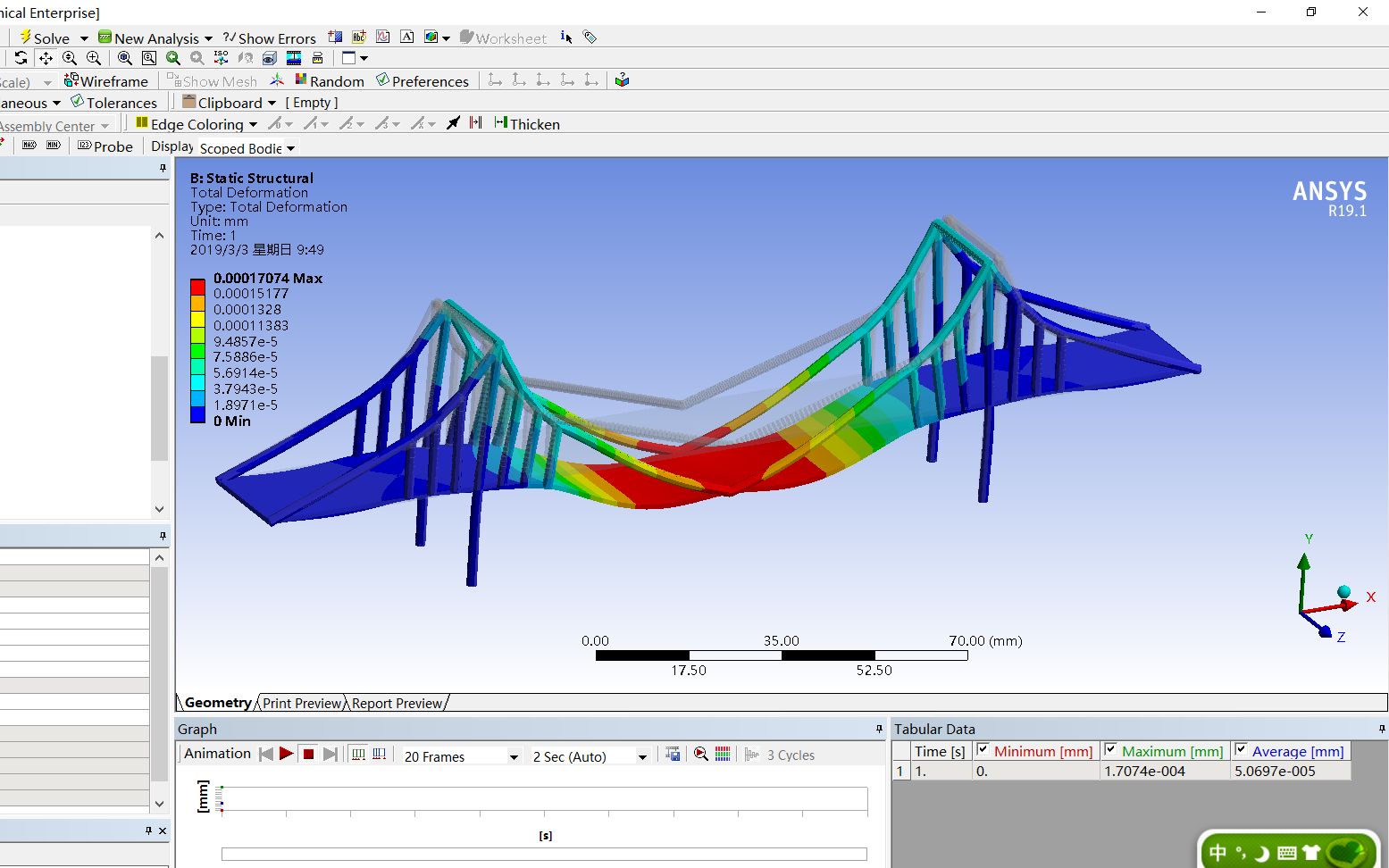

What will the final stresses and displacements be? Classical identification of structural types and buckling response. Buckling is a critical failure condition for many classes of structure. The displacements are arbitrary and therefore the strains and stresses are as well. If you continue to use this site we will assume that you are happy with it. This is analogous to the linear stiffness matrix and the mass matrix in a normal modes analysis. It is very disappointing as all we see is llinear axial shortening with no sign of buckling. This article looks at various buckling calculation methods in finite element analysis FEA. We also have to be aware that if we use linear buckling on a structure that is more like the intermediate category, then we are likely to get a non-conservative over estimate of the buckling load.

Can we use the deformation values shown in the figure? Membrane hoop stress is zero and axial stress is steadily increasing up to the start of instability at point A. This dummy static load was set to give a deflection of 3. STRUCTURAL: Chapter 7: Buckling Analysis (UP) The other alternative is to capture the linear buckling mode shape and apply this back to the structural mesh as an initial distortion.įor a linear buckling analysis, this will find what scaling factors applied to the nominal static load will scale the stress stiffening terms to subtract sufficiently bucklimg the linear static terms to give unstable solutions. The implication is that any small variation in boundary condition, component detail or load eccentricity could cause any of the modes to occur.

Buckling analysis is a technique used to determine buckling loads-critical and ANSYS/LinearPlus programs for predicting the buckling load and buckling. An often-preferred technique is to perform a linear eigenvalue buckling analysis based on the applied loads, and use a buckling mode deformation to apply a.


 0 kommentar(er)
0 kommentar(er)
